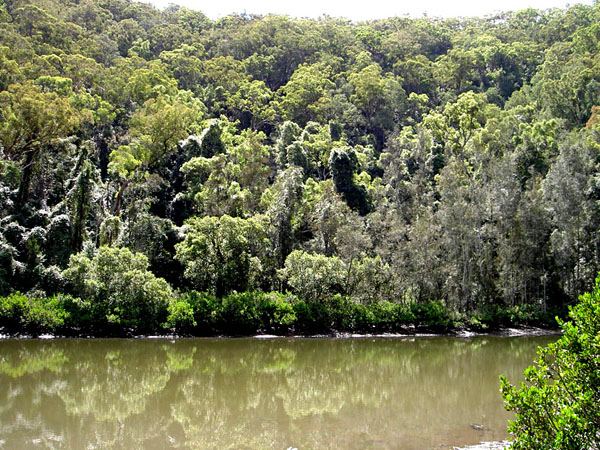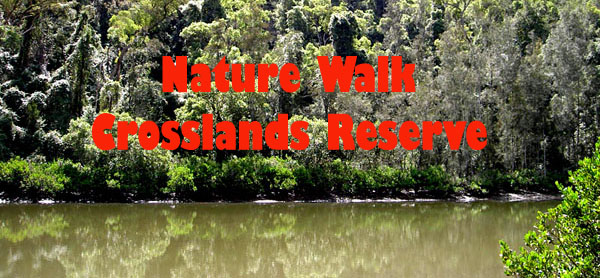

Crosslands Reserve is on the Hornsby Plateau in New South Wales. The underlying rock type is Hawkesbury Sandstone which was laid down during the Triassic period, some 220 million years ago. Soils in the area are derived from the Hawkesbury Sandstone and are mainly shallow, extremely porous and sandy with low nutrient levels.
Vegetation is broadly determined by soil type, climate and aspect. Open forest/woodland is found on the sheltered gullies and hillsides, the main canopy species being Blackbutts (Eucalyptus pilularis), Smooth-barked Apple (Angophora costata) and the Sydney Peppermint (Eucalyptus piperita). Low woodland/open scrub is found on ridges, plateau and dry exposed hillsides, the main canopy species being Red Bloodwood (Eucalyptus gummifera) and Scribbly Gum (Eucalyptus haemastoma). Where the valley widens and flattens out soils become deeper and remnants of
Most of the native mammals within the reserve, such as marsupial mice and possums are nocturnal and rarely sighted. Birds frequently seen including parrots and honey-eaters. Water birds including the White-Faced Heron and Pied Cormorant are often seen.
Prologue
Nowadays most of our youths seem to be living in "cyber space" totally lost touch with the natural environment around them. In order to help re-connect them to Nature I decided to take a group of Sydney youths to Crossland Reserve for a nature walk. The purpose of the walk was to use Nature as an analogy:
To introduce the theme of the walk I did a brief presentation of the water cycle and ecosystem to set the scene for the participants. I emphasized the importance of being open to learning, having a sense of adventure, accepting things as they are and enjoying the walk.
The Water Cycle 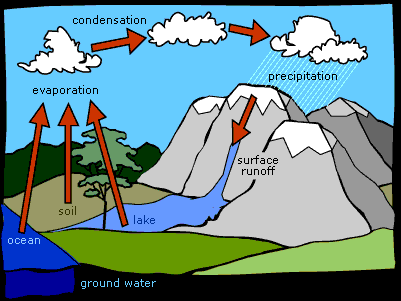
The Walk
The participants were divided into 4 smaller groups and each group was facilitated by a guiding person. During the walk the guiding person would help the participants to observe relevant features in Nature and answer any questions that might arise.
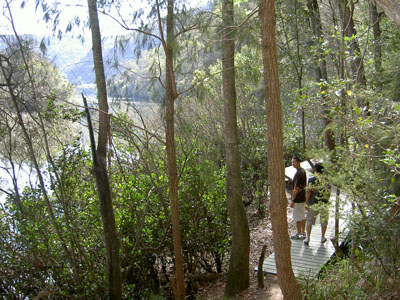
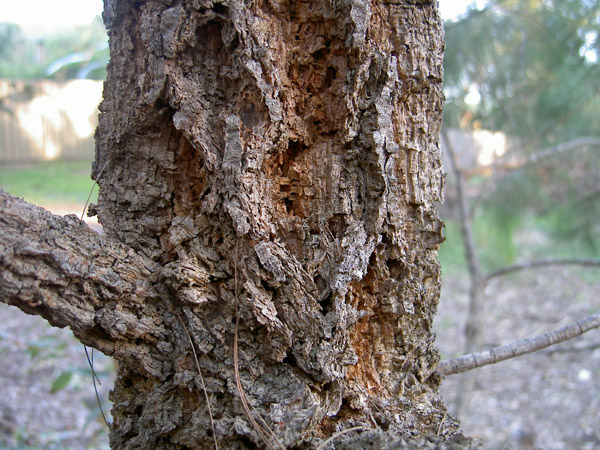
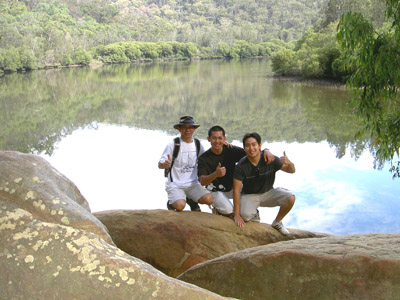
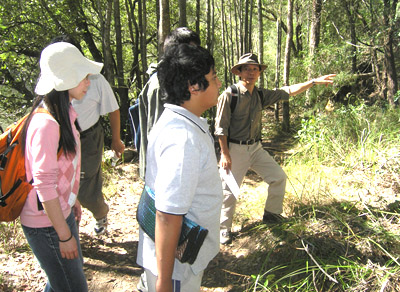
Let’s use water as our analogy. If the rain cloud is the Source, the rain is like the Heavenly mandate and spiritual Teaching. The clean rain water soaking into the ground, running down the gullies and mountain slopes eventually ended up in the marsh. Some of this water could be contaminated or polluted as it finds its way to the marsh. (Human interpretations of the teaching). The marsh is like a giant filter. It helps to remove rubbish, pollutants and excess nutrients and keeps the water as clean as possible. It is like people who have received the precious Teaching, we must make sure the original teaching is not corrupted over time. The linage is like the journey of water, from the marshes to the ocean.
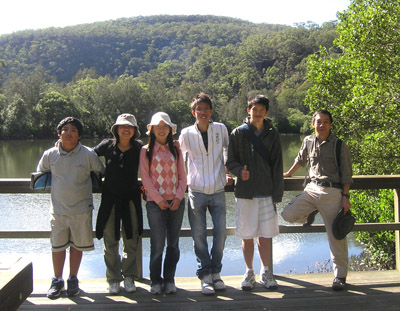
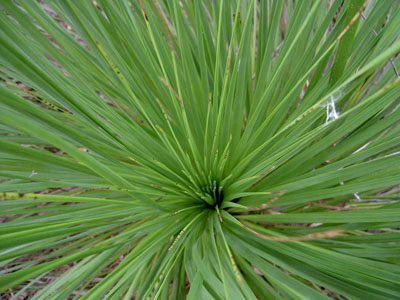
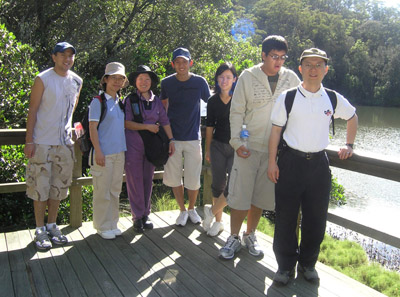
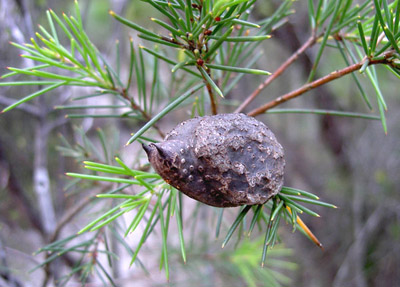
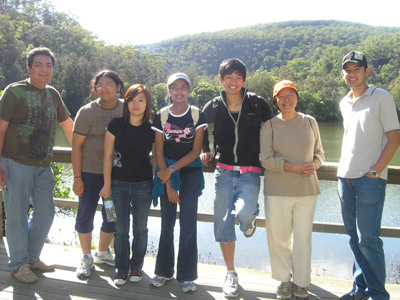
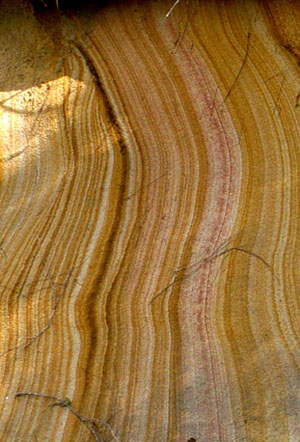
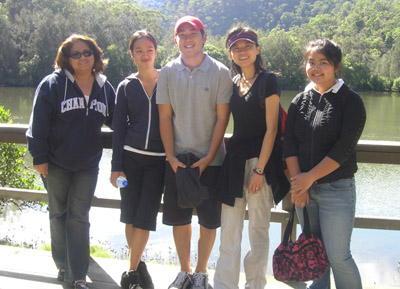
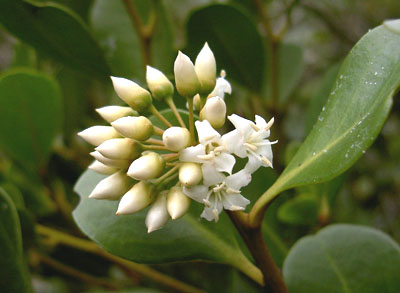
Looking at how spiritual teaching is being propagated today, how do we ensure and maintain the purity of the teaching? Are there any good and practical “ideas” we can learn from Nature?
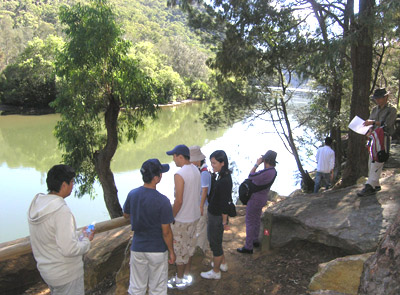
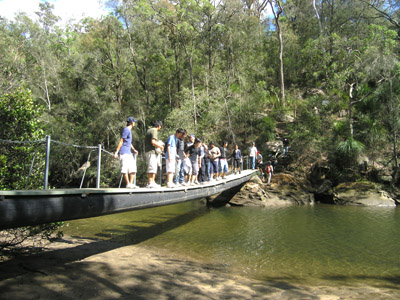
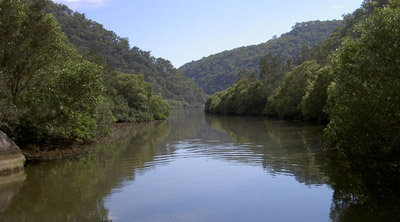
What are our own personal responsibilities in terms of maintaining the purity of the teaching? Does Nature provide us with any clues?
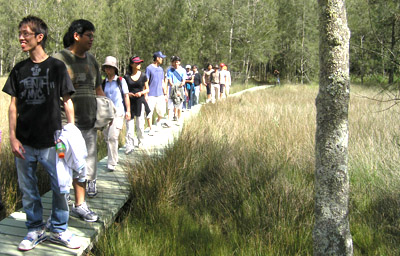

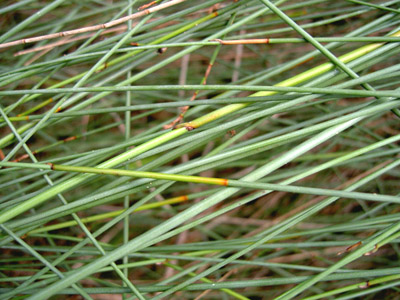
Everything exists in Nature for a specific reason and purpose. Why is it so difficult to “see” the reason and purpose for our own existence?
Epilogue
Everyone seemed to have enjoyed the nature walk. I hope for some, this experience has woken up an inner consciousness and for others a longing to experience more of what Nature has to offer. But for everyone I hope it was an enjoyable experience.
